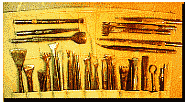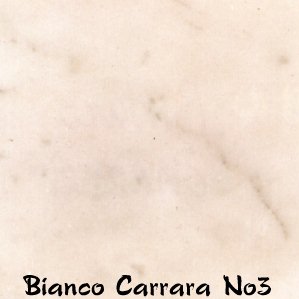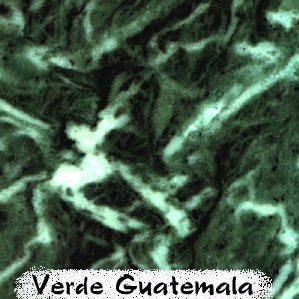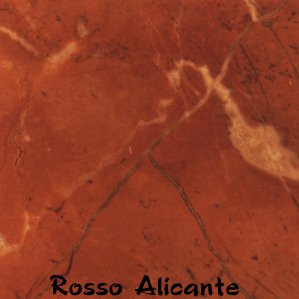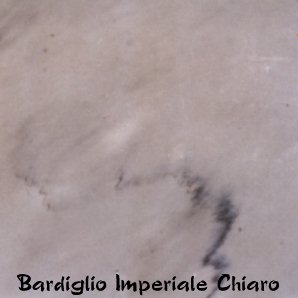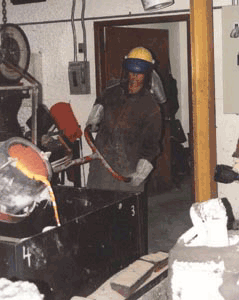About Marble Carving
Stone carving tools have not changed significantly since the technique of forging steel was developed. The pneumatic hammer was introduced between 1885 and 1890 (powered by huge steam driven air compressors), and has pretty much replaced the wooden mallet and iron hammer. Carbide tipped tools began appearing in the middle of the 20th century.
The three basic types of chisels remain the same: a point for roughing out the stone, tooth chisels (also called claw tools) for shaping and modeling the forms, and flat chisels for the finished surfaces and details. Within each class there are endless variations; for example gouges, bull-noses and miter tools are all variations on the flat chisel.
Different tools help the artist create their own ideas into sculptural forms.
There are many different kinds of marble:
White Carrera Green Verde Red Rosso Grey Bardigilo
About Bronze Casting
The Lost Wax method is used extensively by sculptors all over the world. The original sculpture can be created from a variety of materials including clay, stone, wood or plasticene. Plasticene is composed of water clay, wax and oil and results in a superior clay that will not dry or crack and can be used repeatedly. Anarmature or understructure for the sculpture is created from steel, wood and wire. The clay is applied to thearmature and modeled into the desired sculpture. The perfected sculpture is ready to be molded and can be cut, simplifying the form. On a figure, the head and arms may be removed and molded separately. A flexible rubber is then painted or poured on the piece, ideally 1/4 inch thick. Next, a plaster or resin shell known as the mother mold is built around the rubber to hold its’s original position. The shell is removed and the rubber is cut, gently peeled off, and returned to the mother mold. The rubber is a perfect negative of the original.
After being heated in a kiln, the molten bronze is poured into the form, at a temperature of approximately 2100 F. Bronze is an alloy of 95% copper, .02% lead, .02% tin, .06% zinc, 4% silicon
After cooling, the ceramic shell is carefully broken away, revealing a rough casting. Sprues will be cut off and extensive sand blasting will be done in order to prepare it for welding back together. Then by grinding, chasing, sanding and polishing, all areas are blended back together to make the bronze look exactly like the sculptor’s original work. The final finish is called the Patina. There are different colors burnt on with a torch. It takes a Patina specialist to create the color the artist wants.
